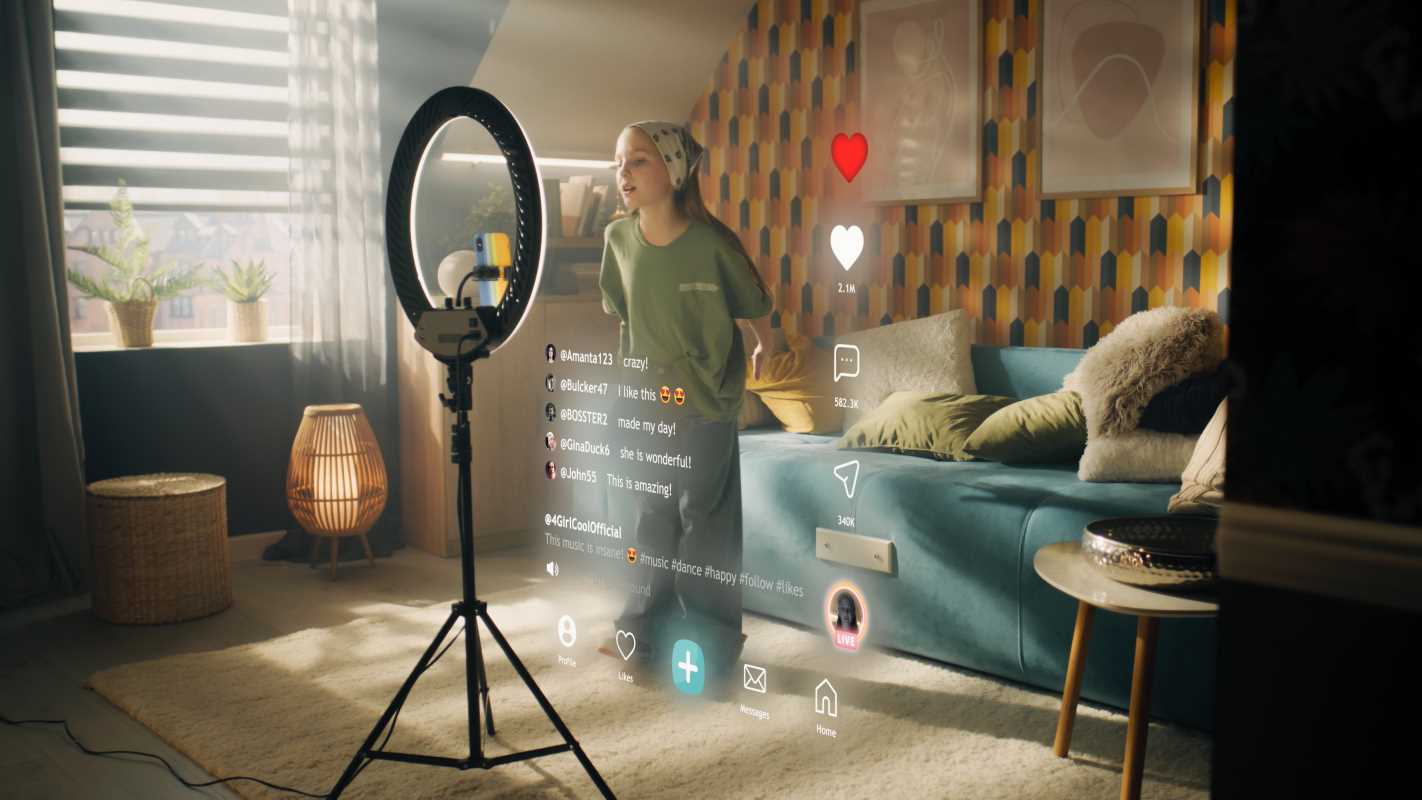Alright, let’s talk about the Metaverse. Remember all that hype a few years ago? Mark Zuckerberg hyping up the idea of living in a virtual world, companies dropping millions into digital real estate, and everyone predicting the Metaverse was the future of... well, everything?
Fast forward to now, and it’s safe to say things didn’t quite work out. As a millennial who remembers a time before the internet (yeah, I know, I’m ancient), I was even curious about the Metaverse. But let’s be real: it fell short. Big time.
So, what happened? Why did the Metaverse fail to live up to the hype? And more importantly, what’s next?
Why the Metaverse Struggled
The idea behind the Metaverse was huge. Picture it like a giant online mall where, instead of walking around in real life, you’re represented by an avatar. You could interact with other avatars, play games, attend virtual concerts, and even buy and sell digital goods. Sounds pretty cool, right? In theory, yeah. But let’s break down why it fell flat in practice.
- Too ExpensiveTo access the Metaverse, you needed some serious hardware—VR headsets, powerful computers—making it expensive for the : average person. And even if you could afford all that, developing immersive virtual worlds was costly, limiting the number of interesting and unique experiences.
- Too Clunky: Early versions of the Metaverse were often buggy, awkward, and difficult to navigate. VR headsets were heavy and uncomfortable for long-term use. Plus, the technology just wasn’t seamless enough to provide the type of immersive experience it promised.
- Too Lonely: The Metaverse promised us all these social connections, but in reality, interacting with avatars felt pretty isolating. There’s something about communicating through a virtual body that doesn’t match real-life interaction’s authenticity and warmth. It was more like texting than sitting down for a real conversation.
- Too... Pointless?: Aside from gaming and a couple of niche applications, most people couldn’t find a compelling reason to spend time in the Metaverse. It didn’t offer much value outside of novelty, and without a real “why,” people just weren’t motivated to jump in.
- Too Focused on Tech > Experience: All the talk about the Metaverse was centered on the amazing technology—VR, AR, avatars, and so on. But here’s the issue: the focus was on how it worked, not why it worked. Sure, the tech was cool, but the actual experiences didn’t live up to the promises.
So, is the Metaverse totally dead? Not necessarily. It’s more like it's in a coma, waiting for the right revival. If there’s anything we can learn from its early flop, it’s that there’s still potential for virtual spaces to be something special—just not in the form we were promised.
Here’s what needs to change for the Metaverse to truly succeed:
1. Content is King
Technology alone can’t save the Metaverse. To truly catch on, it needs content that people actually want. Virtual meetings are fine, but what about unique, engaging activities? The Metaverse should focus on creating immersive experiences—whether that’s virtual concerts, art galleries, or interactive gaming—that people actually care about.
2. Make It Accessible
The Metaverse needs to be accessible to everyone, not just the tech elite who can drop hundreds (or thousands) on the equipment. More affordable, user-friendly devices are crucial for mass adoption. If the barrier to entry is too high, it’s going to be a tough sell.
3. Focus on Connection
At its core, the Metaverse was supposed to bring people together. But in many ways, it was isolating. For it to thrive, it needs to build genuine human connections—not just avatars bumping into each other. Think of it as enhancing real-world relationships, not replacing them. Social interaction needs to be meaningful, not just a pixelated chat.
4. Find a Purpose
What does the Metaverse offer beyond virtual land and avatars? It needs a clear purpose. The technology has potential in education, commerce, and entertainment, but it needs to focus on solving real problems or providing real value. Without a solid reason to use it, people aren’t going to stick around.
5. Iterate and Innovate
The Metaverse is still in its early stages, and we shouldn’t expect perfection right out of the gate. Technology constantly evolves, and the key to success will be learning from past mistakes and innovating. It’s all about iterating on the concepts and improving them until they become something people can’t live without.
The Metaverse may not have revolutionized the world just yet, but the idea of immersive digital spaces is still intriguing. As technology continues to evolve, there’s a chance for a new and improved version of the Metaverse to emerge. It might not dominate our lives as some envisioned, but that doesn’t mean the core concepts are dead in the water. They’re just dormant—waiting for the right mix of technology, content, and purpose.
For those skeptical from the start (hey, we had a hunch), don’t count out virtual spaces entirely. The future of digital worlds is still being written. It just needs to find its groove—and, you know, not feel so weird and lonely in the process.



.jpeg)
.png)
.png)

.png)